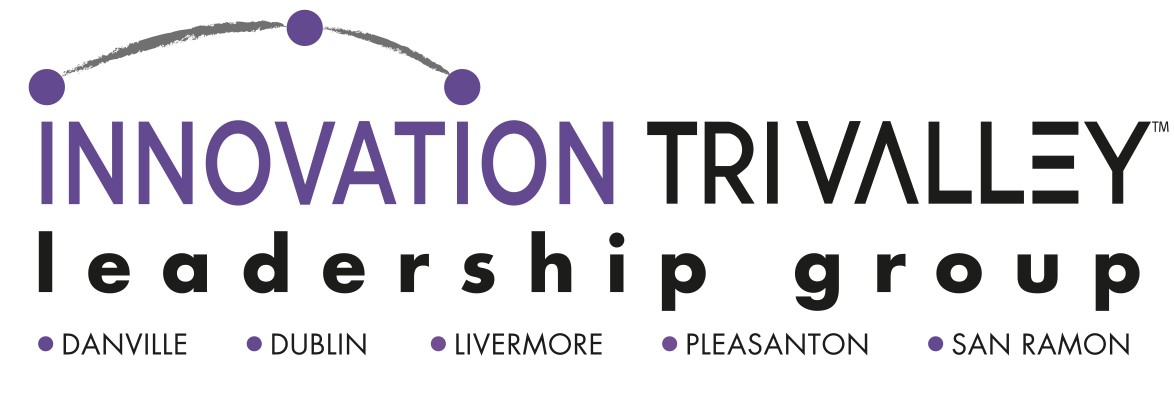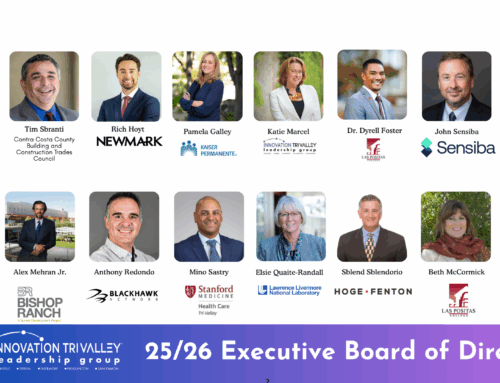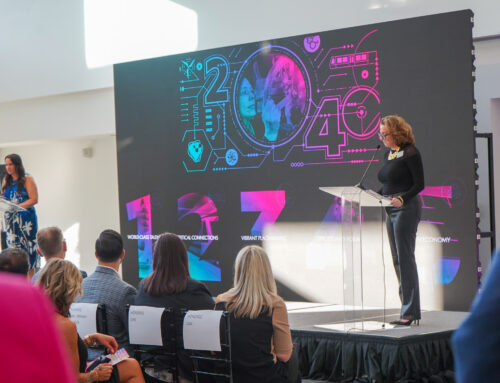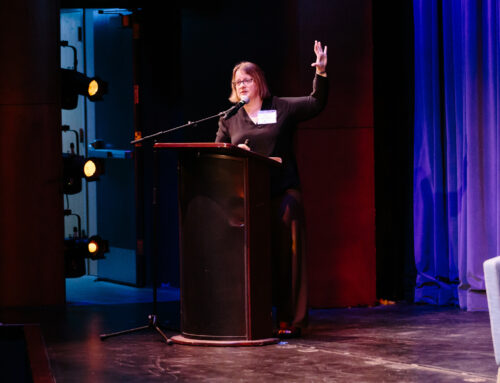From Pleasanton Weekly | June 15, 2021
The Tri-Valley has enviable strengths now, but it will take a sustained effort and strong vision to maintain and enhance them by 2040.
The Innovation Tri-Valley Leadership Group released its Vision 2040 last week that involved more than 1,000 people and was led by the Bay Area Council Economic Institute. With a few exceptions, it’s aspirational and does not specify solutions noting that there are a variety of paths that could lead to the same outcome. Significantly, it does call out one transportation necessity—building Valley Link to connect San Joaquin County with the Tri-Valley and the terminal BART station in Dublin/Pleasanton.
The process that began pre-pandemic in 2019 resulted in the following priorities:
- Globally recognized innovation – for businesses, transportation, new homes, and education
- Connections and collaboration – partnerships that integrate private and public sectors at scale
- Equity and inclusion – opportunities in healthcare, affordable housing, education, and jobs
- Balanced and diverse lifestyle – a diverse mix of suburban living, vibrant downtowns, and open space
- Epicenter of solutions – creating the region’s own resilience, and sustainability
The virtual rollout was accompanied by a fun package from sponsors that included a bottle of Wente Morning Fog Chardonnay (introduced by Phil Wente), a wine opener, a wine carrier and pink sunglasses to ensure clarity of vision. It was advertised as an hour presentation, but wrapped up in half of that time, giving viewers a good summary and inviting further interaction. The 44-page report is available on the Innovation Tri-Valley website. The bulk of the video was presented by four college students, a recognition that in 2040, they will be mid-career and around their 40s. They included: Tinni Mukherjee, Dublin High School, Las Positas College, UC Santa Barbara; Saba Salehifar, Amador Valley High School, Las Positas College; Lez’li Waller, Las Positas College, UC Berkeley and Jesse Watson, Granada High School, Azusa Pacific University.
Former Las Positas College President DeRionne Pollard recalled discussing the Tri-Valley with a small group of community leaders when Innovation Tri-Valley was born (she was a founding member). She recalled that when the leaders gathered and talked about what was possible by bringing together business, civic and educational leaders to collaborate and innovate together. She said she had a gut feeling that this was the start of something big and that has proven true.
The Tri-Valley is a $42 billion economic powerhouse and home to 450 technology companies as well as world-class and start-up life science firms. Add in the two national labs and their commitment to move their technology to the private sector and you’ve got assets that surpass many regions. More than 60% of the residents have a bachelor’s degree and 26% have an advanced degree.
There certainly are challenges. The lockdown showed just how significant the digital divide is with some Las Positas students having to drive to campus parking lots to get internet access to their classes. I don’t regard internet access as a “human right” as the report argues, but it’s a necessity to function in today’s connected world—whether to register for a vaccine appointment or do a video physician’s appointment or order groceries.
One key idea to continue to attract and retain the talent is developing a lifelong learning and innovation campus and to get a research university presence locally (UC Merced is a real possibility). The report also notes that employers should review their job requirements to determine whether four-year degrees are necessary and build connections with community colleges to serve as training pipelines.
To deal with housing, already a challenge but relatively more affordable when compared to the South Bay and the Peninsula, the report says “housing for all” through innovative strategies. That likely involves higher density and smaller units in some locations such as near transit. Our communities were all designed as car-necessary suburbs with a few large shopping centers.
Among the other interesting ideas is initiating a private-sector led philanthropic fund, a non-tech small business incubator and a civic leadership academy to train aspiring elected officials and non-profit leaders. It should be noted these programs do exist. The Pleasanton Chamber of Commerce and the city have partnered on Leadership Pleasanton for more than 25 years, while Leadership San Ramon Valley has been training leaders since 1992.
To develop a local green economy, the recommendations include piloting microgrids and battery storage.
In addition to Valley Link, the recommendations also include a bus mobility hub at the Dublin/Pleasanton BART station, integrating the Livermore Airport into the regional transportation plan (have you seen the articles on the electric air taxis?) and designate and invest in key corridors for autonomous vehicles.
For people interested in the future of the Tri-Valley, it’s must reading and invites engagement.
Originally posted here: https://www.pleasantonweekly.com/blogs/p/2021/06/15/innovation-tri-valley-releases-its-2040-vision







